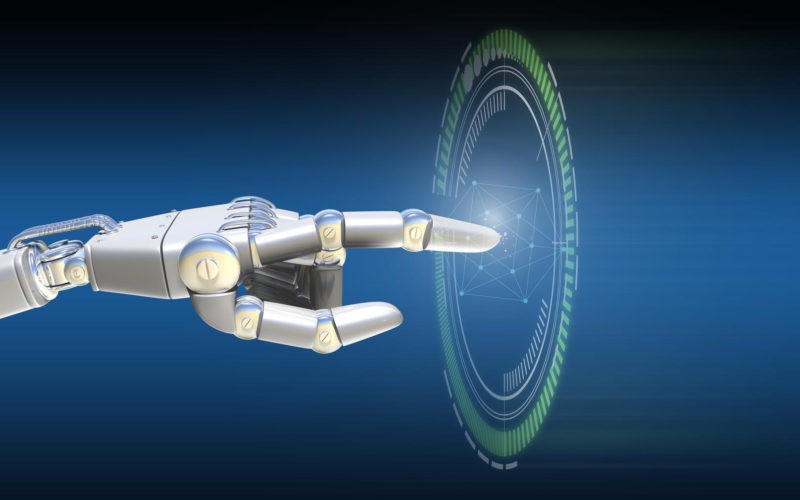In today’s dynamic agricultural landscape, the incorporation of robotics has emerged as a transformative force, revolutionizing traditional farming practices. As the global population continues to expand and environmental challenges escalate, the demand for innovative solutions to enhance farming efficiency and sustainability has never been more pressing. This blog post delves into the realm of robotics in agriculture, exploring how automated processes are reshaping the industry and driving increased efficiency.
Understanding White Label Crypto Exchange
Before delving into the realm of robotics in agriculture, it’s essential to grasp the concept of a white label crypto exchange. A white label crypto exchange refers to a platform that is developed by one company and then licensed to another for branding and customization. Essentially, it enables businesses to enter the cryptocurrency exchange market without having to build the infrastructure from scratch. White label solutions provide a cost-effective and efficient way for entrepreneurs to launch their crypto trading platforms quickly.
The Role of Robotics in Agriculture
Precision Farming
Robotics has ushered in an era of precision farming, where automated systems are deployed to perform tasks with unparalleled accuracy and consistency. Whether it’s planting, watering, or harvesting, robotic technology ensures that each action is executed precisely, optimizing resource utilization and maximizing yields.
Labor-Saving Automation
One of the most significant advantages of robotics in agriculture is its ability to alleviate labor shortages and reduce reliance on manual labor. Automated systems can undertake repetitive tasks such as weeding, spraying, and sorting, freeing up human workers to focus on more strategic activities.
Data-Driven Decision Making: Robotics in agriculture is not merely about automating physical tasks; it also encompasses data collection and analysis. By integrating sensors, cameras, and other monitoring devices, robotic systems gather real-time data on soil conditions, crop health, and weather patterns. This data is then analyzed to make informed decisions regarding irrigation, fertilization, and pest management, leading to optimized agricultural practices.
Benefits of Automation in Farming
Increased Efficiency: By streamlining farming processes and reducing human error, robotics significantly enhances operational efficiency. Tasks that once took hours or days to complete can now be accomplished in a fraction of the time, allowing farmers to maximize productivity and output.
Cost Savings
While the initial investment in robotic technology may seem significant, the long-term cost savings are substantial. Automated systems eliminate the need for labor-intensive manual work, saving on labor costs, and minimizing resource wastage through precise resource management.
Sustainability
Automation promotes sustainable farming practices by reducing the reliance on chemical inputs and minimizing environmental impact. By optimizing resource usage and minimizing waste, robotic systems contribute to the conservation of water, soil, and other natural resources, fostering a more sustainable approach to agriculture.
Challenges and Future Outlook
Despite the numerous benefits, the adoption of robotics in agriculture is not without its challenges. High upfront costs, technological complexity, and concerns about job displacement are some of the obstacles that farmers may face. However, as technology continues to advance and costs decline, the adoption rate is expected to accelerate.
Looking ahead, the future of robotics in agriculture appears promising. Advancements in artificial intelligence, machine learning, and sensor technology will further enhance the capabilities of robotic systems, enabling them to perform increasingly complex tasks with greater efficiency and precision. With the potential to revolutionize farming practices and address global food security challenges, robotics will undoubtedly play a pivotal role in shaping the future of agriculture.
Conclusion
In conclusion, robotics is transforming agriculture by automating farming processes and driving increased efficiency across the industry. From precision farming techniques to labor-saving automation, robotic technology offers a plethora of benefits that empower farmers to optimize production while minimizing costs and environmental impact. As the agricultural sector continues to evolve, the integration of robotics will undoubtedly remain at the forefront of innovation, paving the way for a more sustainable and productive future.












